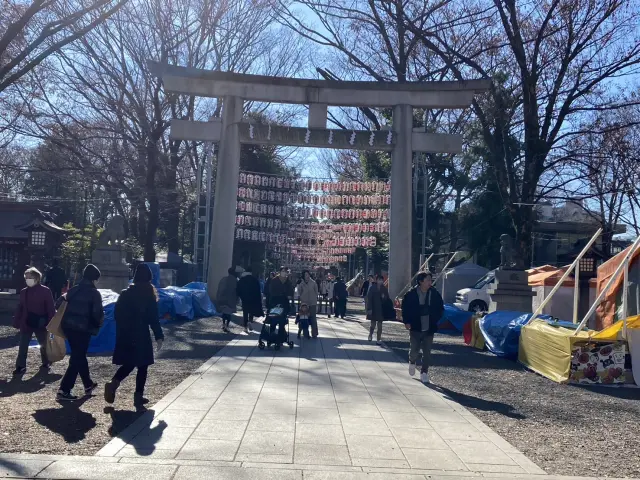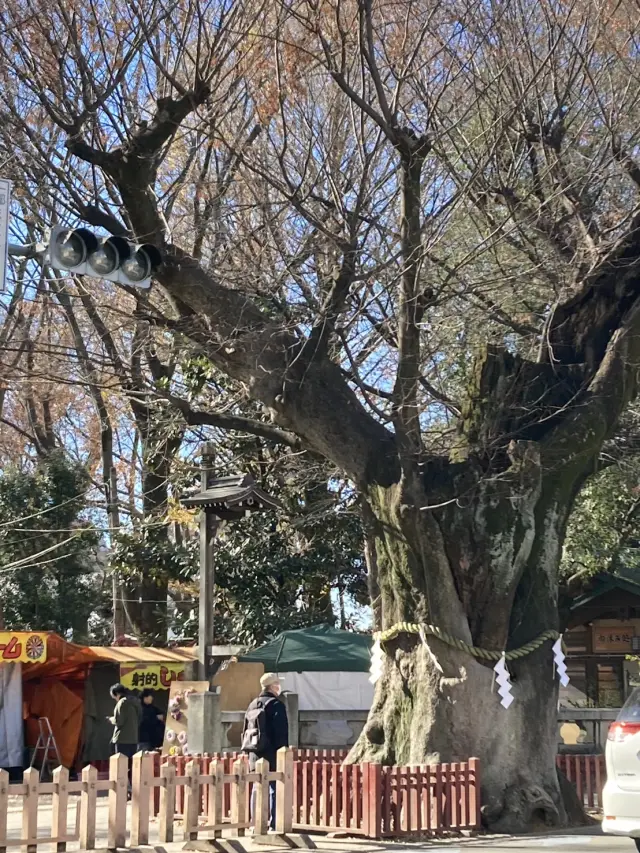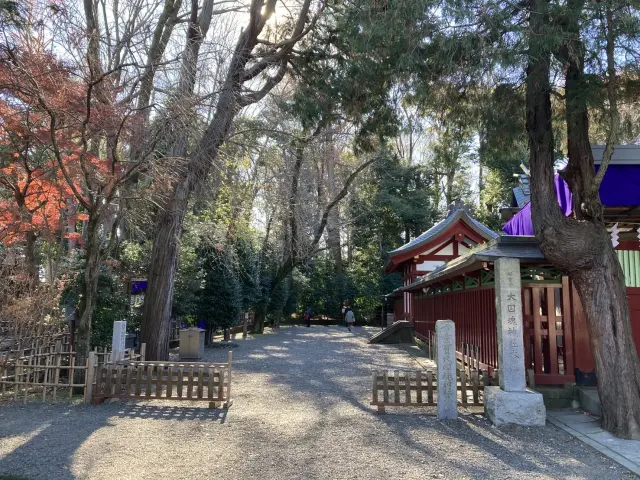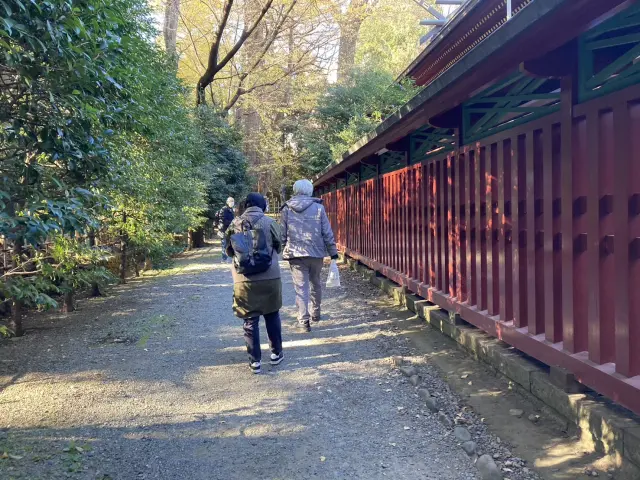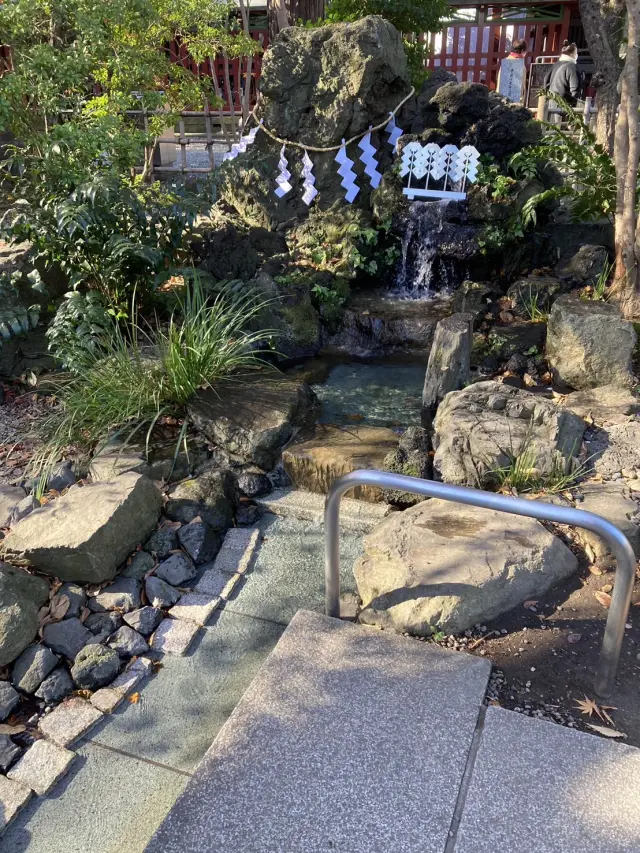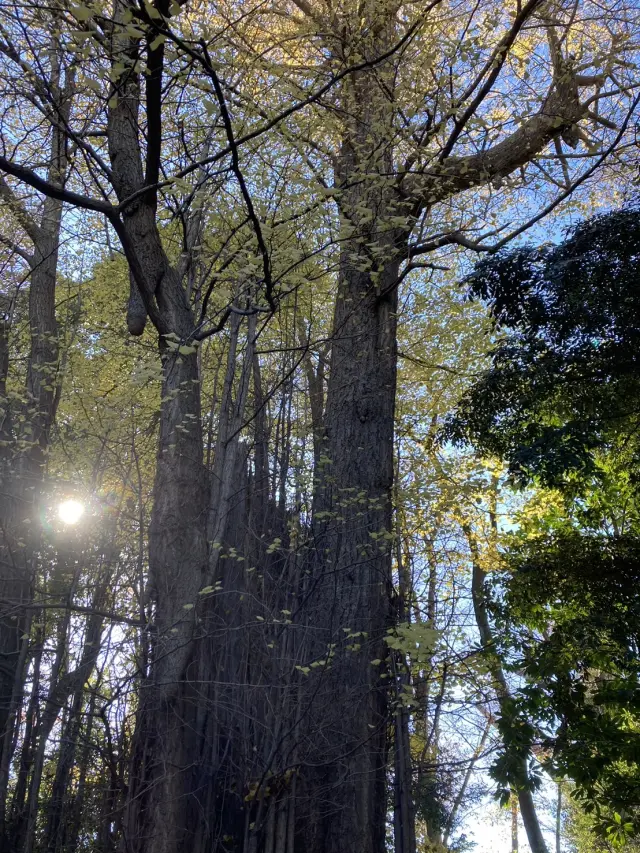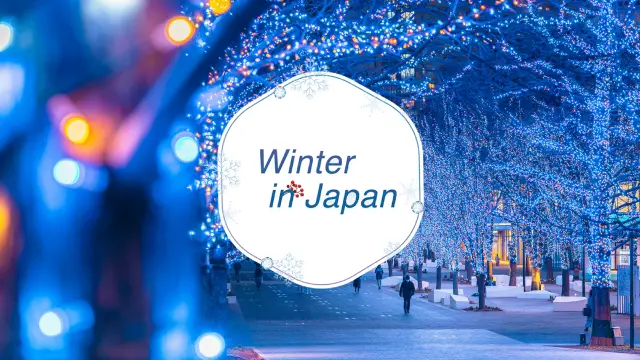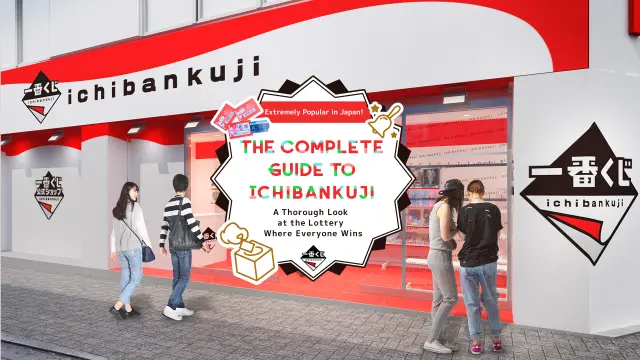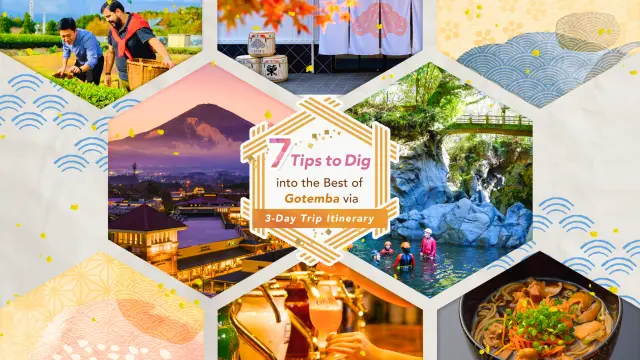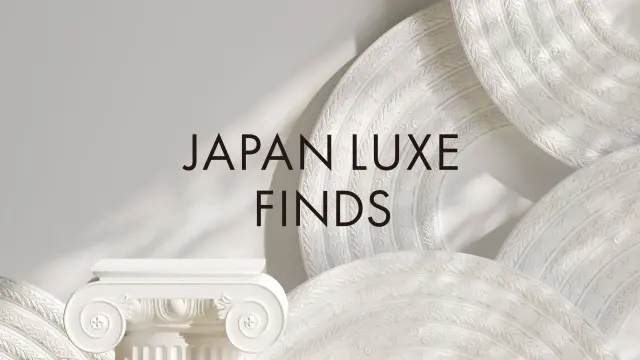
Experience Japan’s History and Culture Through the Four Seasons in Fuchu! 5 Must-See Festivals at Okunitama-jinja Shrine
Okunitama-jinja Shrine in Fuchu, one of Tokyo’s five major shrines, hosts nearly 400 festivals a year when you include the daily Onikkusai ritual (a ceremony offering food to the gods). Some of these festivals have lasted for over 1,000 years, and most have histories stretching back at least several centuries. The shrine is a must-visit for anyone wishing to experience different aspects of Japan’s history and culture as they change with the seasons. This article introduces five carefully selected festivals out of the approximately 400 held at Okunitama-jinja Shrine.




















